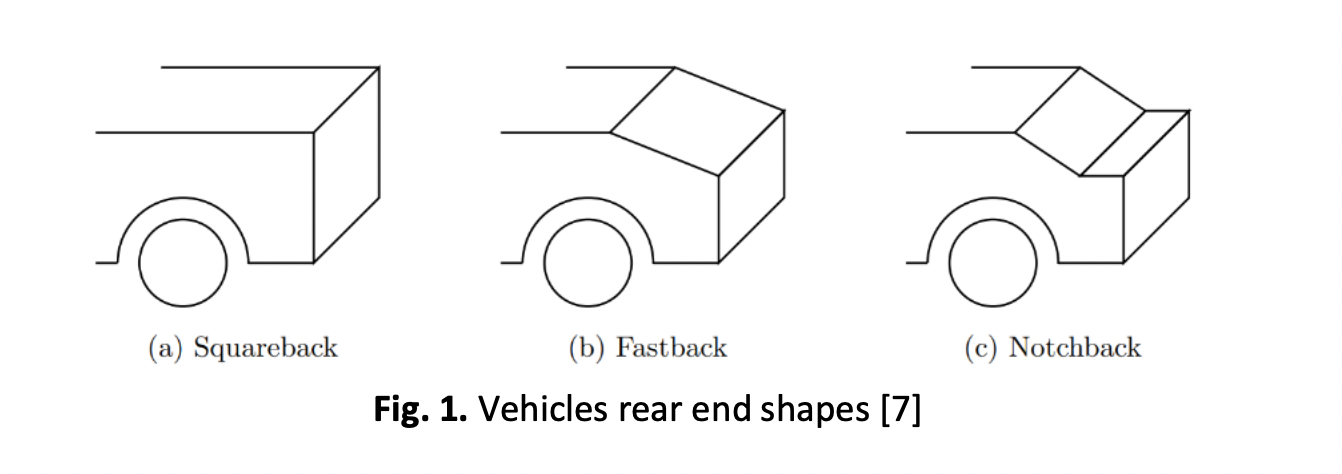Review on Flow Controls for Vehicles Aerodynamic Drag Reduction
DOI:
https://doi.org/10.37934/arfmts.101.1.1136Keywords:
Aerodynamics, automotive, flow controlAbstract
Reducing aerodynamic drag in automobiles has been one of the focuses in automotive industry as it will increase vehicles performance and reduce power consumption which subsequently save the environment. Drag is a force that tend to pull the vehicle backwards. Pressure drag is the major contributor to drag of vehicle which caused by lower pressure in the rear area compared to front of vehicle. When vehicle moves forward, the stagnation point occurs in the front part of vehicle. The airflow then goes over the vehicle and separate at the back due to adverse pressure gradient. Thus, flow separation is created in the rear area of vehicle as indicated by the wake. Wake is a low-pressure region that need to be reduced so that the pressure between the front and rear could be reduced to minimize the drag. Flow control is introduced to delay this flow separation and it has been categorized as active and passive. Active flow controls require power input while passive flow controls do not need power input. This review article will explore those studies on flow controls applied in automobiles and investigate their working mechanisms along with research gaps detected. Relative comparison of effectiveness for each flow control is unfeasible as the parameters used differs but this problem can be resolved. Standard parameters need to be used in future researches in order address the discrepancy of results obtained from numerous studies around the globe. A current flow control technique is proposed to be conducted in UTM Aerolab to further investigate this interesting flow field.
Downloads

































